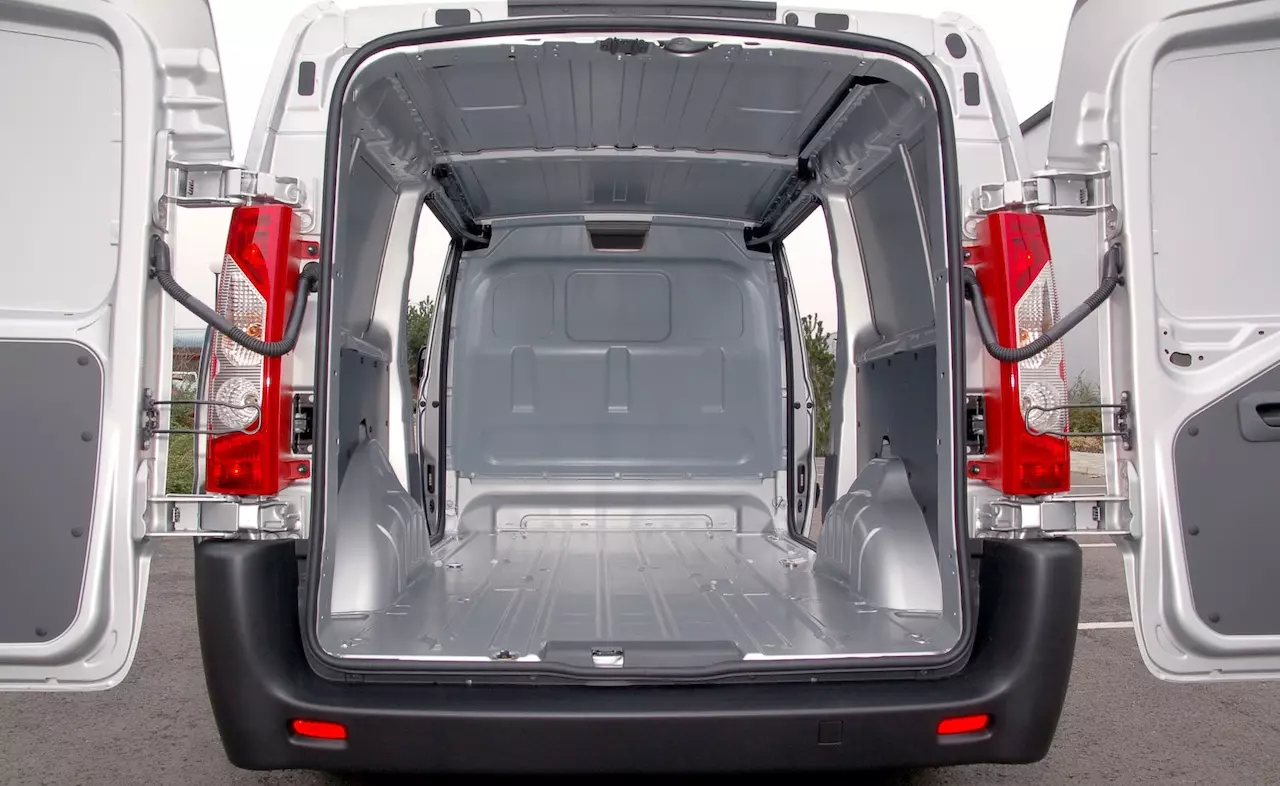
The Citroen Dispatch and its sister vans the Peugeot Expert and Fiat Scudo are all popular because they combine practicality and low running costs with the ability to withstand a hard-working life.
So, they’re off to a good start – but they’re not perfect, and they can suffer from some annoying little problems that could seriously affect your enjoyment and ability to work should you let them hang around too long.
But this is where Haynes is your ally, because if you purchase the Haynes manual, we’ll be there to help you find out what those annoying rattles, squeaks and vibrations are, and we can show you how to put a stop to them, which means you get to skip the annoyingly costly garage labour charges.
What recalls has the Citroen Dispatch been subject to?
Citroen workshops have become rather familiar with the Dispatch over the years, because it’s been the subject of a few recalls.
For a start 792 examples were recalled because of cracked counterweights under the rear floor. Then all vehicles were recalled because the fuel spill-off return pipe could become detached, with the potential for fuel to spill.
An out-of-spec steering column shaft assembly led to another recall, as did a cylinder head that didn’t conform to specification. This could cause a potential oil leak and subsequent fire.
Then 1357 examples were recalled because the power steering wiring loom could touch other under-bonnet components and become chafed. After that, 20,089 models were recalled because of a faulty vacuum pump one-way valve, which had to be replaced.
A software issue meant that 12,950 examples were recalled because the exterior lights could suddenly all fail at once. A dodgy brake linkage rod meant a recall for 630 vans, after which 2258 Dispatch models were recalled because water could get into the rear brake drums, reducing braking performance. After that, 1135 Despatch models had to have an extra fastener fitted to the fuel return pipe to ensure that it didn’t touch the engine cover.
A faulty accelerator pedal that could jam in the fully open position meant a trip back to dealers (potentially at high speed!) for 178 examples. And then 689 were recalled to have the earth protection for the power steering pump replaced.

What common problems does the Citroen Dispatch have?
Several owners of the Citroen Dispatch have mentioned that their van suffers from a noise from the engine bay, and more accurately, a grinding noise from the area of the timing belt. This is bad, because a failure could be catastrophic. It’s cause by water entering the system via the crankshaft pulley.
There have also been reports of a noise from the clutch, and that the clutch can be reluctant to disengage on occasion.
Some users of the van have told us about an issue in which the van suddenly stalls while driving along. This can be caused by a faulty EGR valve.
An issue that causes the van to fail to start can also be caused by water getting into the starter motor, and there have been common reports of a knocking noise from the front suspension.

Does the Citroen Dispatch Mk2 make a grinding noise?
It certainly does, according to quite a few owners. It’s certainly a disconcerting noise. If you pop the bonnet, you’ll notice that the noise emanates from the area of the timing belt, and you really don’t want that to fail. Best to sort it as soon as.
The issue is actually that moisture can enter the area of the timing belt through the crankshaft pulley. There’s only one solution, and that’s to remove the timing belt (part number: 0816 G7) and timing belt tensioner (part number: 0829 88 or 0830 48)), and replace them with new items.
The procedure to remove and replace these components is covered in depth in your Haynes Dispatch manual, so just make sure you have the required tools to hand and follow the steps. And while the belt and tensioner are out, it’s good practise to clean up the entire area, to avoid the possibility of wear and damage happening to the new components.

Is the clutch playing up in your Citroen Dispatch Mk2?
Most vans tend to live a pretty stop-start life, whether that’s numerous delivery drops in a small area, or simply dealing with the push and shove of modern-day traffic. This, obviously, places quite a few demands on the clutch, which can show signs of distress.
This problem manifests itself through the clutch becoming noisy, and also becoming reluctant to disengage at the most inopportune moments.
It’s the clutch release bearing that’s at fault, and the only way to fix it is to replace the clutch. This is not a small job, but nevertheless it is within the scope of the home mechanic. Just make sure you set aside plenty of time, and you carefully follow the procedure in your Haynes Dispatch manual.
If you do, you’ll save yourself many hundreds of pounds. Be brave – your wallet will thank you.
If you want to know how to remove a driveshaft from your Citroen Dispatch, just watch our FREE video below.
Why has your Citroen Dispatch Mk2 stopped?
Vans are like aeroplanes, or ships. No, really. It’s because they’re commercial vehicles that only ever earn money when they’re moving. As soon as they stop, they’re costing money because they’re being charged parking/berthing/airport charges and aren’t doing anything to pay back their owner.
And all of that means it’s especially annoying if the engine in your Citroen Dispatch suddenly decides not to run, and won’t restart.
The problem is quite commonly a faulty EGR valve, and it’s pretty easy to find it and look at it to see if its’ working as intended. If it isn’t, then you’ll need to replace it with a new one. Just as well everything is covered in your Haynes Dispatch manual then!

Does your Citroen Dispatch Mk2 have starting problems?
A number of owners have told us of an issue that means their Citroen Dispatch won’t start when the key is turned.
There are a few possible reasons, some inexpensive, some less so. First up, check the fuse box and make sure everything is okay there, including any fusebox connections. You can find fusebox locations and diagrams in your Haynes Dispatch manual to assist with this.
Next up, check that the electrical connections on the starter are tight, make sure, of course, that you disconnect the battery before doing so.
If none of this works, then the issue is that there is likely water in your starter motor (this is a known weak point). If so, replacement of the starter motor is your only recourse, so you’ll need to invest in a new motor (part number: 5802.FP), then follow the procedure to remove and replace it in your Haynes Dispatch manual.
After that, your Dispatch should start on the key once more.

Where is that knocking noise in your Citroen Dispatch Mk2?
There’s absolutely no question that the roads are in a pretty shonky state right now. The ravages of a lengthy winter have certainly taken their toll, and it can often your van’s suspension that pays the price.
Unfortunately, the Citroen Dispatch is a van that can certainly be affected, so if you happen to notice a knocking noise from the area of the front axle as you traverse scarred roads, then it’s better to sort it sooner rather than later. After all, it certainly isn’t going to improve on its own.
The problem is that the front anti-roll bar is prone to becoming rattly, so you’ll need to replace it. So, it’s time to buy a replacement component (part number: 14 401 772 80), then dig out your trusty Haynes Dispatch manual and follow the steps. You’ll soon be back on the road, rattle free.
